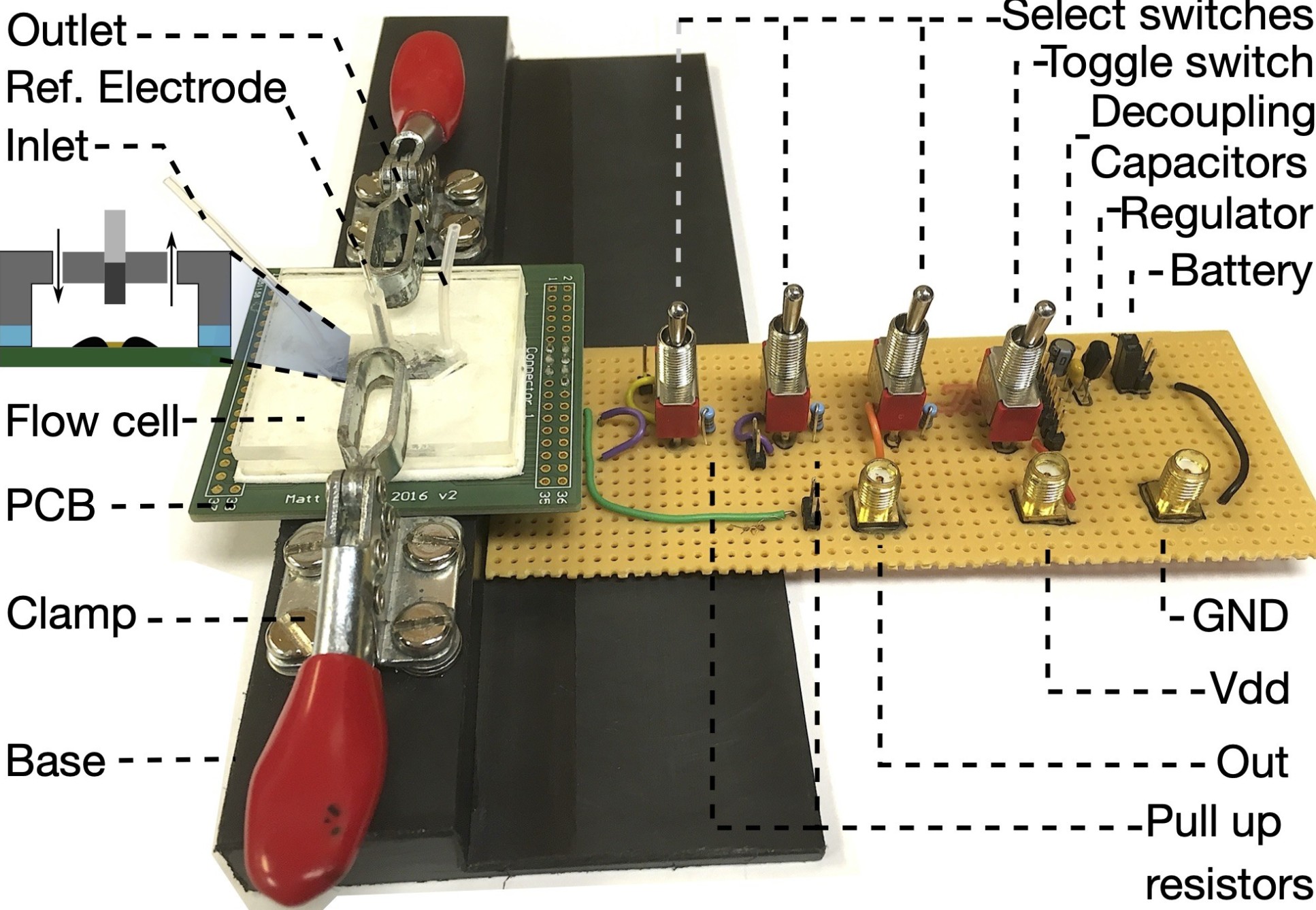
The graphene sheet is over 200 thousand times thinner than a human hair and 200 times stronger than steel

Imperial College London researchers have improved an electronic sensor that can be used for fast detection of infectious diseases like COVID-19.
The sensor, called the ion-sensitive field-effect transistor (ISFET), can be integrated with electronics to create an infectious disease test that might rival the reliability of PCR tests. They might also perform as quickly as lateral flow tests and provide 30-minute health testing for infectious diseases.
The current gold-standard of COVID-19 testing, the PCR test, must be sent to laboratories for processing. The speedy alternatives, lateral flow tests, provide fast results but with lower accuracy.

ISFETs, which work by detecting the change in pH (acidity) of liquids, can be integrated on ‘lab-on-chip' technology to process results on the chip itself very quickly. However the liquids they come into contact with can alter their sensing surface, which causes ‘drift’ - an uncontrollable, continuous and slow change of the output signal without changes to the liquid’s acidity.
modified ISFETs could be a new, and possibly better, way for high performance lab-on-chip chemical sensing systems against infectious diseases. Dr Christoforos Panteli Department of Electrical and Electronic Engineering
Now, Imperial researchers have added a graphene sheet – a single layer of carbon atoms that’s over 200 thousand times thinner than a human hair but 200 times stronger than steel – to the sensor and found that it reduces its drift by 50 per cent. Their new approach combats the sensor’s chemical instability at its origin – the sensing surface. This, coupled with further enhancements, might be the key to addressing the ISFET’s drift, allowing for a new generation of modified surface sensors for lab-on-chip applications like disease testing.
Lead author of the corresponding paper Dr Christoforos Panteli, from Imperial’s Department of Electrical and Electronic Engineering, said: “The need for reliable and fast lab-on-chip systems is very high. Our innovation means that surface modified ISFETs could be a new, and possibly better, way for high performance lab-on-chip chemical sensing systems against infectious diseases.”
Electronic sensing
ISFETs can be used to detect infectious diseases by sensing pH changes in body fluids caused by viral RNA such as SARS?CoV?2 and Zika virus, as well as monitoring glucose levels in diabetes patients.

During manufacturing, the process used to produce the ISFET’s electronic chip deposits a material on the surface that is sensitive to the pH of the liquid being tested. This sensing top layer is modified while in contact with the liquid, causing the real-time chemical drift found on the sensor.
The researchers proved that modifying the surface is an effective way to improve the sensor’s performance without the need for additional circuitry.
While the graphene improves performance by 50 per cent, the researchers say their improvement method can be developed further to address all drawbacks of the sensor. The next step will be to improve the quality of the process of transferring graphene onto the surface of the sensor. This will include talking with industry on the deposition methods that maintain low costs at large scales and developing these methods in the laboratory.
“Reduced Drift of CMOS ISFET pH Sensors Using Graphene Sheets” by Panteli et al., published in IEEE Sensors 2021.
Main image: Shutterstock
Article images: Panteli et al.
Article text (excluding photos or graphics) © Imperial College London.
Photos and graphics subject to third party copyright used with permission or © Imperial College London.
Reporter

Caroline Brogan
Communications Division

Contact details
Email: press.office@imperial.ac.uk
Show all stories by this author




Leave a comment
Your comment may be published, displaying your name as you provide it, unless you request otherwise. Your contact details will never be published.